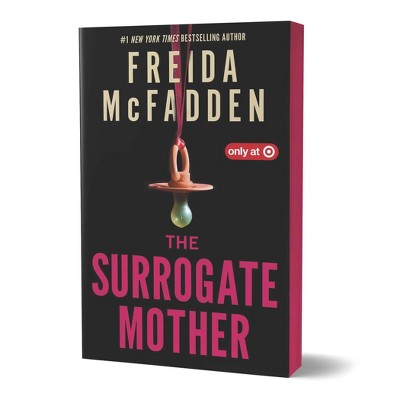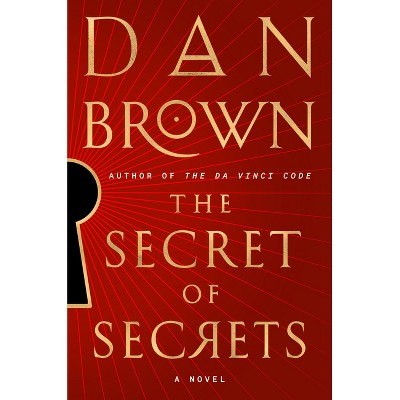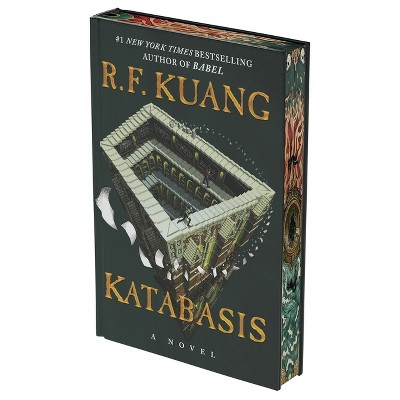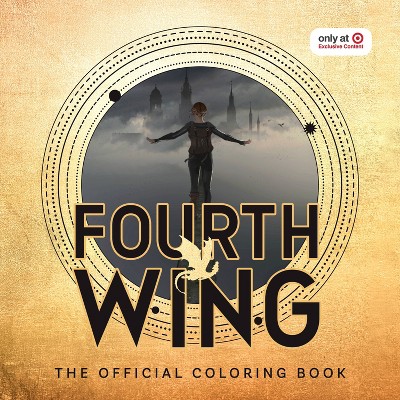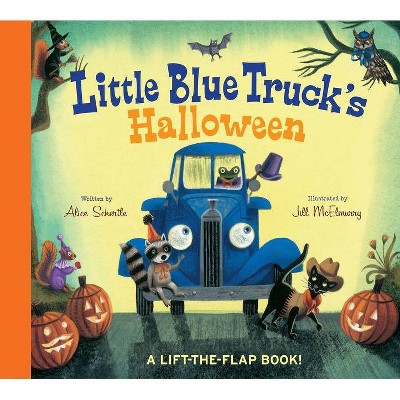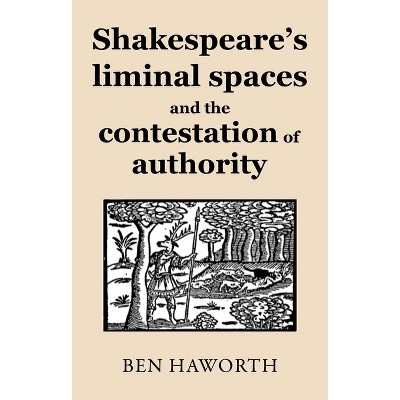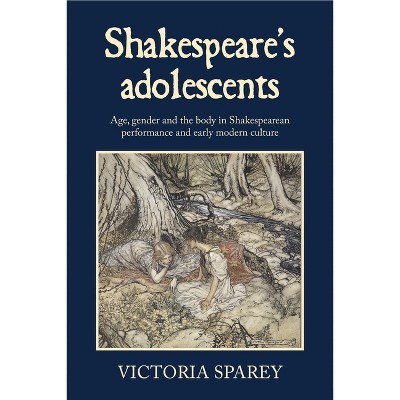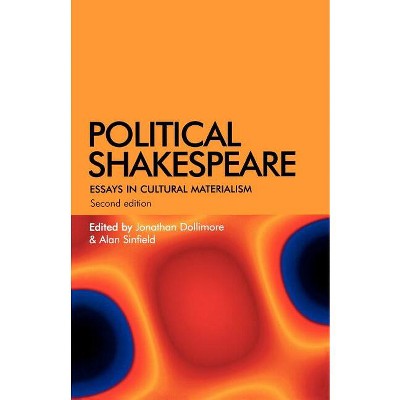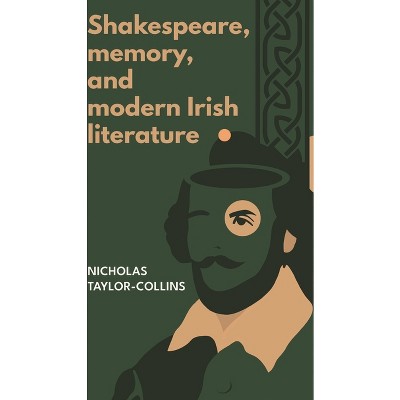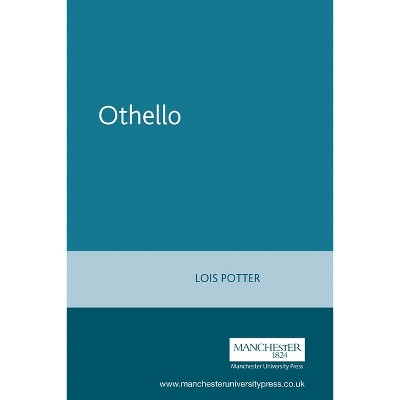About this item
Highlights
- Geoffrey Bullough's The Narrative and Dramatic Sources of Shakespeare (1957-75) established a vocabulary and a method for linking Shakespeare's plays with a series of texts on which they were thought to be based.
- About the Author: John Drakakis is Emeritus Professor of English Studies at the University of Stirling
- 400 Pages
- Literary Criticism, Shakespeare
Description
About the Book
A challenging re-appraisal of the ways in which we have conceived of 'source' study in relation to Shakespeare. By combining a theoretical and a practical approach this study challenges existing shibboleths and proposes new ways of conceiving the relations between Texts (oral and literary) and their antecedents.Book Synopsis
Geoffrey Bullough's The Narrative and Dramatic Sources of Shakespeare (1957-75) established a vocabulary and a method for linking Shakespeare's plays with a series of texts on which they were thought to be based. Shakespeare's Resources revisits and interrogates the methodology that has prevailed since then and proposes a number of radical departures from Bullough's model. The tacitly accepted linear model of 'source' and 'influence' that critics and scholars have wrestled with is here reconceptualised as a dynamic process in which texts interact and generate meanings that domesticated versions of intertextuality do not adequately account for. The investigation uncovers questions of exactly how Shakespeare 'read', what he read, the practical conditions in which narratives were encountered, and how he re-deployed earlier versions that he had used in his later work.From the Back Cover
Geoffrey Bullough's The Narrative and Dramatic Sources of Shakespeare (1957-75) established a vocabulary and a method for linking Shakespeare's plays with a series of texts on which they were thought to be based. Shakespeare's resources revisits and interrogates the methodology that has prevailed since then and proposes a number of radical departures from Bullough's model. The tacitly accepted linear model of 'source' and 'influence' that critics and scholars have wrestled with is here reconceptualised as a dynamic process in which texts interact and generate meanings that domesticated versions of 'intertextuality' do not adequately account for. The investigation uncovers questions of exactly how Shakespeare 'read', what he read, the practical conditions in which narratives were encountered and how he re-deployed earlier versions that he had used in his later work. Far from being a study of 'inert' material, the study of resources is dynamic, raising questions about traditional formulations of 'source' study as attempts to locate and reconstruct the plays form the 'bones' of earlier narratives.Review Quotes
'Drakakis finds the idea of 'source' or 'authority' too narrow. The sheer scope of materials to which Shakespeare had access, the the circumstances in which the playwright utilized them, he argues, mean that 'source' and 'authority' imply a 'quasi-theological' concept of creation. Instead of 'source' or 'authority', Drakakis offers 'resources', a term that, as he uses it, is much more open-ended. A resource could be a book, but it could also be a half-forgotten encounter or, in Shakespeare's case, the experience of having written an earlier play ... Each of his chapters is deeply engaged with the history of Shakespeare scholarship, on which he commentates with generosity and from which he quotes at length ... He closes on a musical metaphor, presenting Shakespeare as one who could 'repeat tunes, recall motifs to mind, imitate themes and memes, improvise on existing material and, on a number of occasions, innovate'.
Times Literary Supplement
About the Author
John Drakakis is Emeritus Professor of English Studies at the University of Stirling
